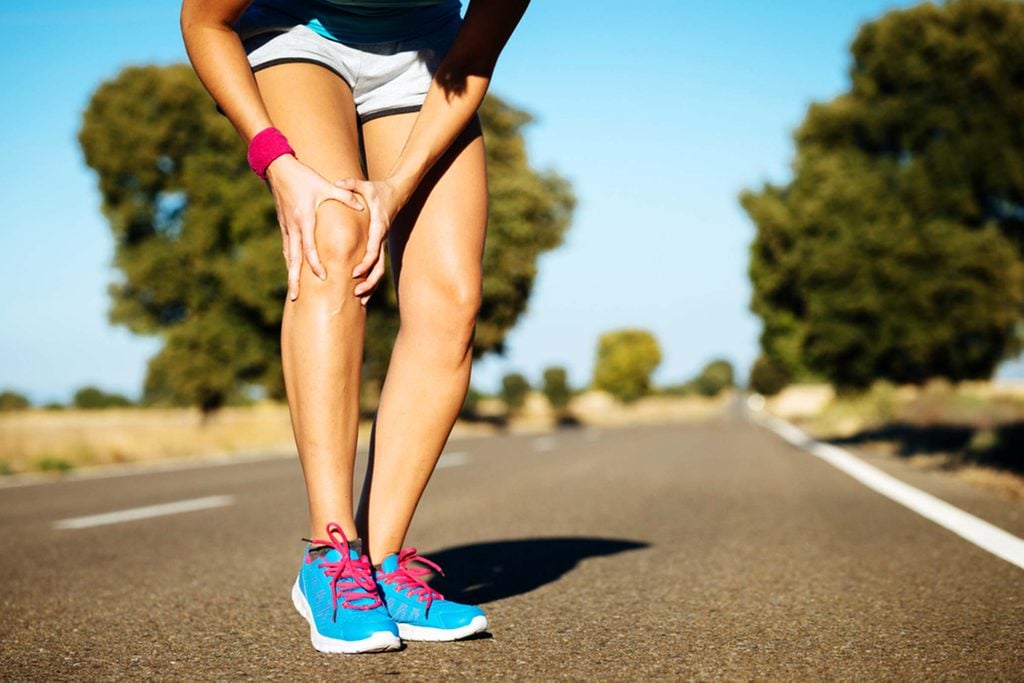Why is the skin on your elbows and knees darker than the rest of your body? And what can you do about it? A dermatologist weighs in.
This Is Why the Skin on Your Knees and Elbows Is Darker Than the Rest of Your Body

Dr. Zeichner explains that the skin on the elbows and knees is subject to chronic stretching from bending and rubbing against clothes and furniture. All that friction inflames the skin, and it literally grows thicker to protect itself—and that’s why it looks darker.
The skin on the elbows and knees also tends to be dryer than skin on the rest of the body, which makes it even more susceptible to inflammation, redness, and peeling. The elbows and knees are also where psoriasis—an autoimmune disease in which the body attacks its own skin cells—tends to show up first, and it can lead to thick, red, scaly buildup.
“If you suffer from dry, dark patches on the elbows and knees, make sure to regularly moisturize to help keep the skin barrier in as good shape as possible, Dr. Zeichner advises. “Ingredients like petrolatum form a protective seal over the skin and help the skin maintain adequate hydration. The newest generation of skincare products offer high quality skin hydration with easy spreadability—they’re not greasy or heavy.”
Dr. Zeichner notes that patients with darker skin may have even bigger coloration issues with the patches on knees and elbows, although not necessarily with skin roughness. This is because patients with darker skin tend to produce more pigment in general.
Here are some really useful skin-care tips that dermatologists actually use themselves.




















